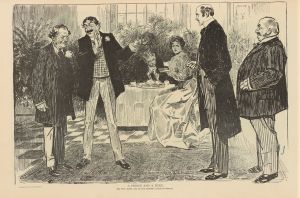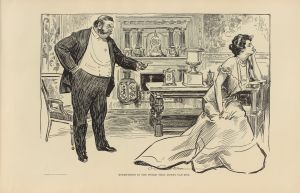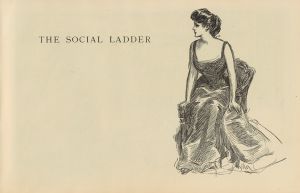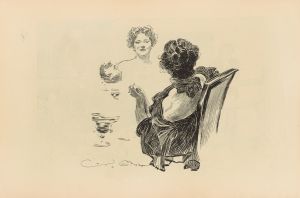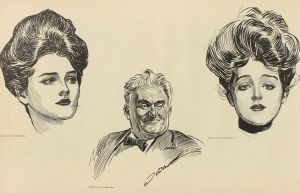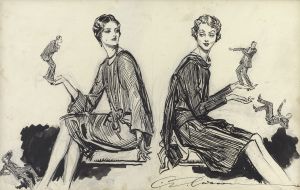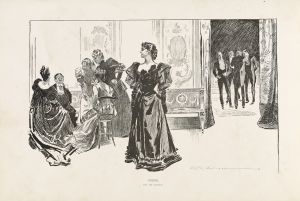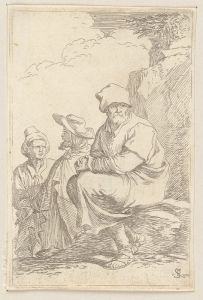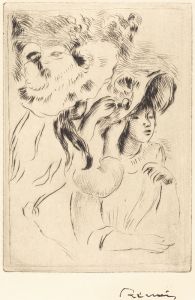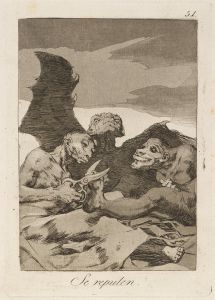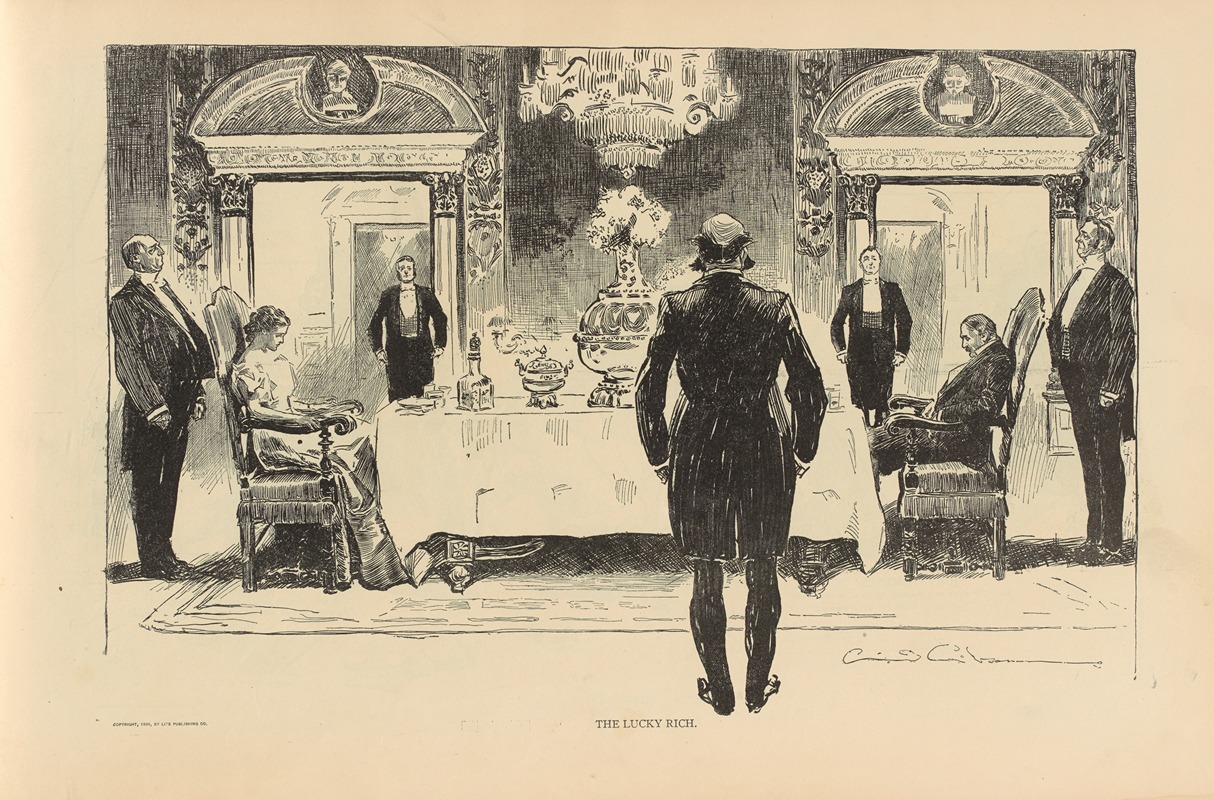
The lucky rich
A hand-painted replica of Charles Dana Gibson’s masterpiece The lucky rich, meticulously crafted by professional artists to capture the true essence of the original. Each piece is created with museum-quality canvas and rare mineral pigments, carefully painted by experienced artists with delicate brushstrokes and rich, layered colors to perfectly recreate the texture of the original artwork. Unlike machine-printed reproductions, this hand-painted version brings the painting to life, infused with the artist’s emotions and skill in every stroke. Whether for personal collection or home decoration, it instantly elevates the artistic atmosphere of any space.
Charles Dana Gibson was an influential American illustrator, best known for his creation of the "Gibson Girl," an iconic representation of the American woman at the turn of the 20th century. His work captured the social dynamics and cultural shifts of his time, often with a touch of humor and satire. One of his notable works is "The Lucky Rich," which reflects his keen observation of society and its nuances.
"The Lucky Rich" is a black-and-white illustration that exemplifies Gibson's skill in capturing the essence of the American upper class during the Gilded Age. This period, spanning from the late 19th century to the early 20th century, was characterized by rapid economic growth, industrialization, and a stark divide between the wealthy and the poor. Gibson's work often highlighted these social disparities, and "The Lucky Rich" is no exception.
In "The Lucky Rich," Gibson portrays a scene that is both opulent and subtly critical. The illustration typically features well-dressed individuals in a lavish setting, often engaged in leisurely activities that underscore their wealth and privilege. Gibson's attention to detail is evident in the intricate clothing and the expressions of the characters, which often convey a sense of entitlement or obliviousness to the world outside their social circle.
Gibson's illustrations were widely published in magazines such as Life, Harper's Weekly, and Scribner's, reaching a broad audience and influencing public perception of the social elite. His work, including "The Lucky Rich," played a role in shaping the cultural narrative of the time, offering both admiration and critique of the lifestyles of the wealthy.
The "Gibson Girl" aesthetic, which permeates much of Gibson's work, is also present in "The Lucky Rich." This idealized image of femininity was characterized by a confident and independent demeanor, often depicted in fashionable attire and engaging in modern activities. The Gibson Girl became a symbol of the changing roles of women in society, and her presence in "The Lucky Rich" serves to highlight the evolving social norms of the era.
Gibson's ability to blend artistry with social commentary made his work both popular and influential. "The Lucky Rich" is a testament to his talent for capturing the complexities of his time, offering a window into the lives of the affluent while subtly critiquing the excesses of wealth and privilege.
Overall, Charles Dana Gibson's "The Lucky Rich" remains a significant piece of art that reflects the cultural and social dynamics of the Gilded Age. Through his detailed and insightful illustrations, Gibson provided a lasting commentary on the American upper class, capturing both their allure and their detachment from the broader societal issues of their time.





